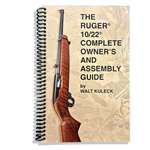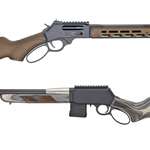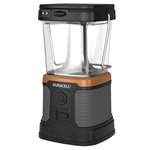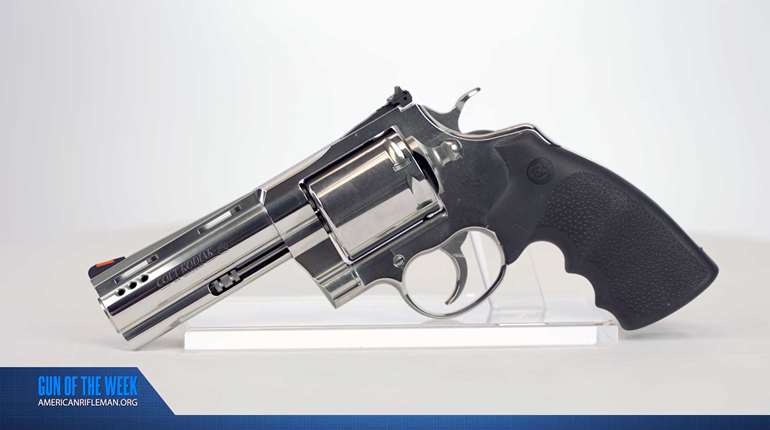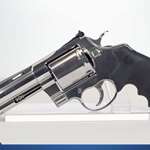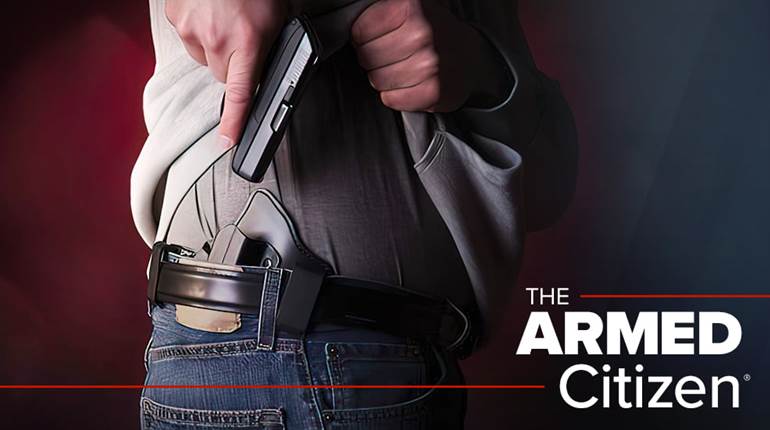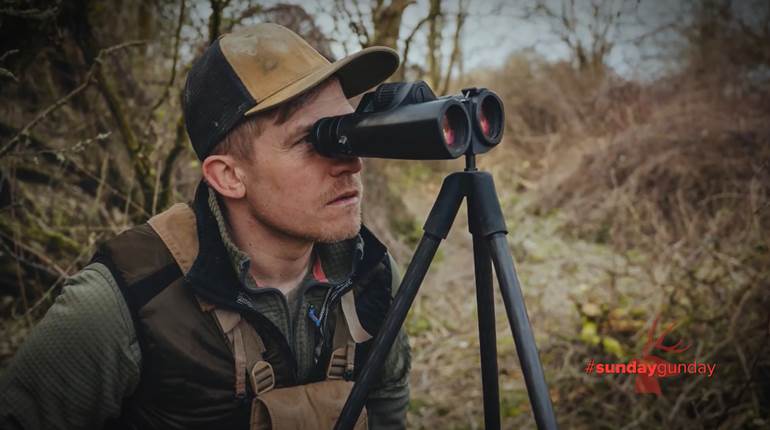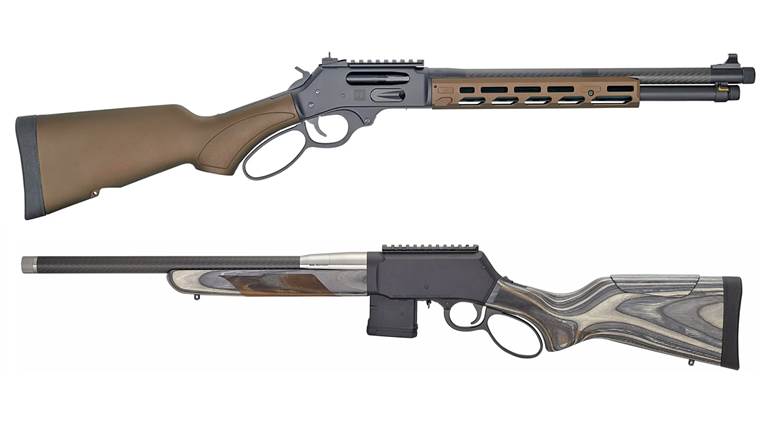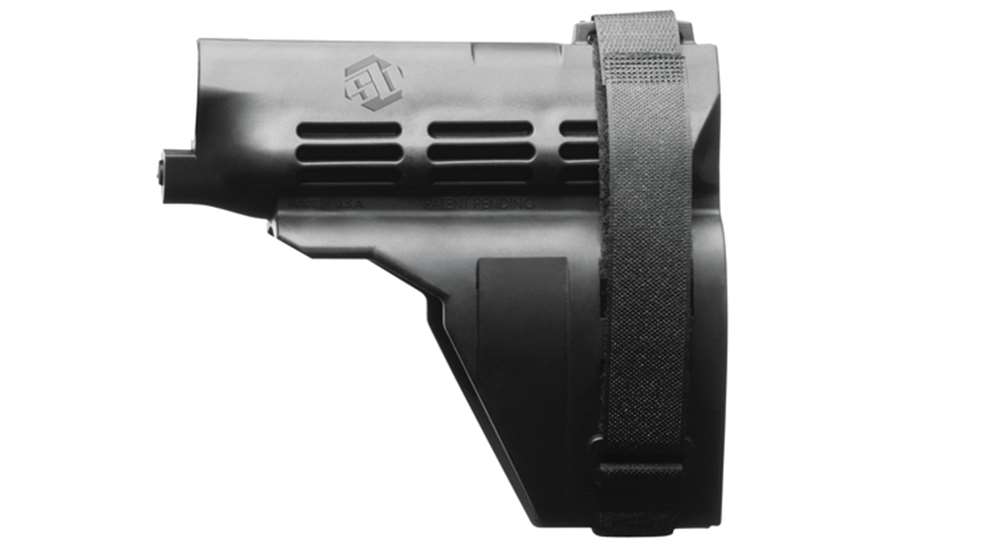
The legal status of the SB Tactical stabilizing wrist brace for pistols has taken a few turns in the last five years. Last week the Bureau of Alcohol, Tobacco, Firearms and Explosives (ATF) chose to reconsider and clarify its Jan. 6, 2015 Open Letter on the use of stabilizing braces as shoulder stocks.
In 2015, the agency took the position that attaching the stabilizing brace to a pistol and firing with it attached to the operator's forearm as it was designed to do did not constitute the making of a National Firearms Act (NFA) regulated firearm, namely, a short-barrel rifle. However, if the shooter were to place the brace against the shoulder like a shoulder stock, that would constitute a "redesign" of the firearm making it an NFA regulated firearm item with all of the legal ramifications that entails.
This policy change was a direct contradiction to earlier advice provided by the ATF to SB Tactical in which the agency stated, “firing a pistol from the shoulder would not cause the pistol to be reclassified as an SBR.” The ATF also stated at that time that using a brace improperly as a shoulder stock would not “change the classification of the weapon per federal law.”
The ATF’s latest statement was not issued as an open letter but as a direct response to SB Tactical’s request that the agency reconsider the position taken in 2015. Dated March 21, 2017, the latest letter's contents appear to reconcile the ATF’s past positions. The letter maintains the original position that “the use of stabilizing braces, as designed, would not create a short-barreled rifle when attached to a firearm.”
It then goes on to clarify the key concern about shouldering a brace by stating that “an NFA firearm has not necessarily been made … even if the attached firearm happens to be fired from the shoulder.... To the extent the January 2015 Open Letter implied or has been construed to hold that incidental, sporadic, or situational ‘use’ of an arm-brace (in its original approved configuration) equipped firearm from a firing position at or near the shoulder was sufficient to constitute ‘redesign,’ such interpretations are incorrect and not consistent with ATF’s interpretation of the statute or the manner in which it has historically been enforced."
That being said, the ATF will be paying close attention to stabilizing braces which have been purposefully altered or reconfigured for use as shoulder stocks. Such alterations would include, but are not limited to, permanently affixing the brace to the end of a buffer tube to increase the length to that of a shoulder stock, removing the arm-strap or otherwise undermining its ability to be used as a stabilizing brace.
This latest ATF clarification is good news for fans of stabilizing braces. It brings the policies back on to familiar, reasonable regulatory territory. The ATF no longer takes the position that pressing a braced pistol to one's shoulder automatically constitutes the regulated “making” of an NFA firearm. Instead, it would be necessary to demonstrate that a stabilizing brace has been purposefully altered from its original configuration with the intention of converting it into a shoulder stock. That is the ATF’s position, at least for now.
















![Auto[47]](/media/121jogez/auto-47.jpg?anchor=center&mode=crop&width=770&height=430&rnd=134090788010670000&quality=60)

